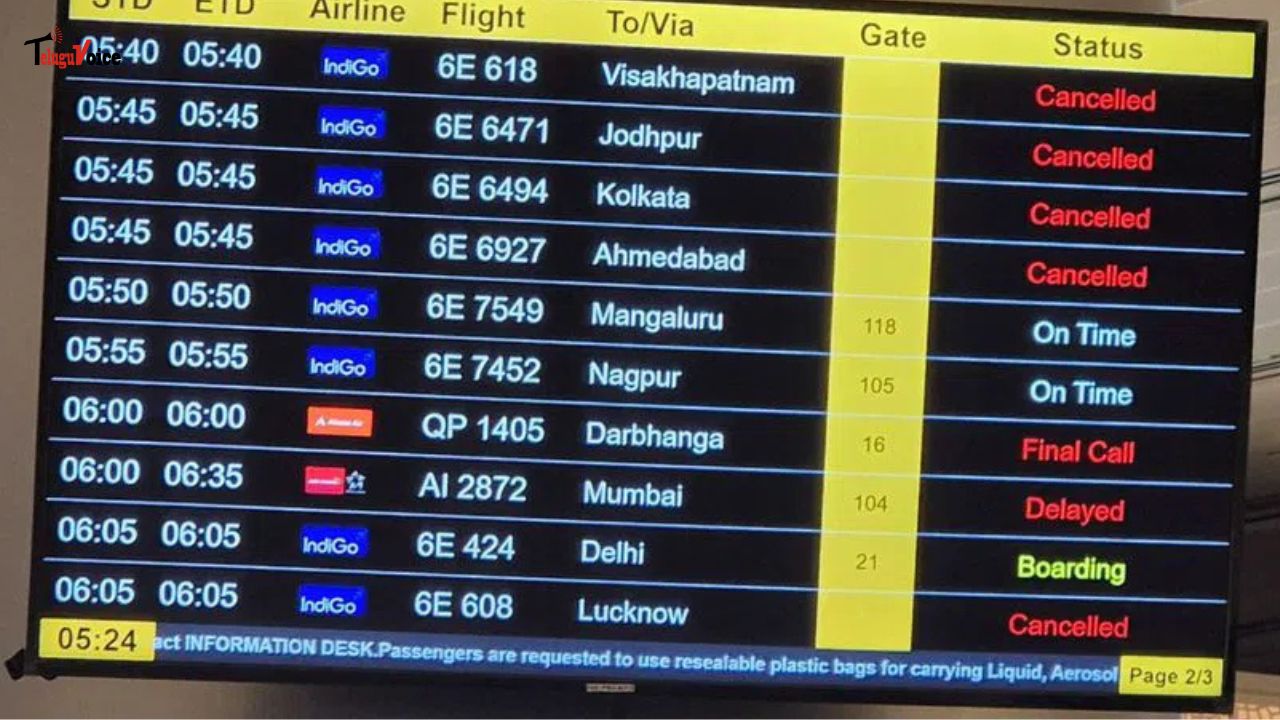Another Space Station Cargo Delivery from SpaceX

A commercial supply ship owned and operated by SpaceX arrived at the International Space Station on Saturday is delivering a pair of NASA experiments to demonstrate satellite refueling techniques and monitor changes in Earth’s forests, along with a special holiday menu of turkey, candied yams, cranberry sauce and shortbread cookies.
The arrival of the Dragon cargo capsule Saturday marked another event in a busy schedule for the space station’s six-person crew, following the docking of a Russian Soyuz spacecraft with three fresh residents Dec. 3, and ahead of a spacewalk Tuesday to inspect the exterior of a different Soyuz capsule that developed a pressure leak in August.
Russian cosmonaut Sergey Prokopyev plugged the hole in the Soyuz MS-09 spacecraft’s habitation module, ending the minor air leak. But Prokopyev and crewmate Oleg Kononenko will head outside the station in Orlan spacesuits Tuesday to inspect the outer hull of the spaceship for damage, before its scheduled departure Dec. 19 for landing in Kazakhstan with Prokopyev, European Space Agency astronaut Alexander Gerst, and NASA flight engineer Serena M. Auñón-Chancellor.
Gerst took control of the space station’s 58-foot-long (17.7-meter) to capture the Dragon spacecraft at 7:21 a.m. EST (1221 GMT) Saturday, more than an hour later than scheduled after a communications issue on the ground disrupted mission control’s voice and data links with the orbiting research complex.
The crew sent commands for the Dragon spacecraft to retreat to a hold point around 100 feet (30 meters) from the station to wait for regular communications to be restored with ground controllers. Once the crew was back in contact with mission control, the Dragon resumed its approach to a position roughly 33 feet (10 meters) from the station, close enough for the Canadarm 2 to reach out and grapple the supply ship.
Engineers on the ground sent commands for the robotic arm to maneuver Dragon to a berthing port on the Harmony module, where latches and 16 bolts closed to create a firm connection with the space station for a planned 36-day stay.
Dragon is set to remain at the station until Jan. 13, when the robotic arm will remove the capsule from the Harmony module and release it for re-entry back into Earth’s atmosphere. The cargo carrier will splash down in the Pacific Ocean, where SpaceX teams will retrieve the capsule and return it to the Port of Los Angeles, where workers will unpack experiment specimens and other hardware for return to NASA and science teams.
Gerst tweeted several photos Monday showing members of the station crew, wearing protective eyewear and masks, entering the Dragon spaceship to begin unpacking the cargo inside.
Some of the first items to be removed by the station crew included fresh food. Holiday favorites such as turkey, candied yams, cranberry sauce and shortbread cookies were delivered by Dragon, according to NASA.
Saturday’s arrival was the second time the same SpaceX Dragon cargo craft reached the space station, following a launch and berthing in February 2017. SpaceX recovered the spacecraft and refurbished it for another mission.
SpaceX’s 16th operational resupply flight to the station lifted off Wednesday, Dec. 5, from Cape Canaveral aboard a Falcon 9 rocket to begin the three-day pursuit of the space station with 5,673 pounds (2,573 kilograms) of provisions and experiments.
Researchers sent 40 mice to the space station to study the effects of microgravity on the animals’ immune systems, muscles and bones, information that scientists compare to the condition of a control group of mice kept on Earth. The mice sent to space are divided into young and old groups for comparative studies to chart how spaceflight affects aging processes in the body.
“Responses to spaceflight in humans and model organisms such as mice resemble certain aspects of accelerated aging,” scientists wrote in a summary of the experiment on NASA’s website. “This investigation provides a better understanding of aging-related immune, bone, and muscle disease processes, which may lead to new therapies for use in space and on Earth.”
Also delivered to the space station aboard Dragon was a scientific investigation to grow protein crystals in microgravity, with the aim to help researchers understand how an antioxidant protein helps protect the human body from oxidizing radiation. Scientists also sent up experiments to study the causes of muscle abnormalities observed in spaceflight, and to examine the corrosion of carbon steel materials in space.
In addition to the biological experiments stowed inside the Dragon’s internal compartment, the spaceship’s rear cargo bay contains a pair of NASA payloads to be mounted outside the space station. One will demonstrate new tools and techniques that could lead to a future capability to refuel satellites with cryogenic propellants in space, and another will scan the planet with a laser to measure the height, density and structure of forest canopies, data that could tell scientists more about the role of forests in the carbon cycle.
The station’s robotic arm and two-armed Dextre robotic handyman will extract each payload package from Dragon’s trunk and move them to locations outside the station.
NASA’s Robotic Refueling Mission 3, or RRM3, will demonstrate the transfer of super-cold, cryogenic fuel in space for the first time. The RRM3 package will be attached to an experiment platform on the station’s port-side truss for a two-year series of experiments.
“Spacecraft are limited to the fuel they carry on-board,” said Hsiao Smith, a deputy director of NASA’s Satellite Servicing Projects Division responsible for technical matters. “In order to further space exploration, refueling spacecraft is a necessity. RRM3 will demonstrate the first transfer of liquid methane, which is a type of cryogenic fluid, in the microgravity of space. Cryogenic fluid can serve as a powerful fuel.”
Developed at NASA’s Goddard Space Flight Center in Maryland, RRM3 will attempt to transfer 42 liters (11 gallons) liquid methane from one tank to another, both held inside the washing machine-sized experiment package launched aboard Dragon.
The station’s 12-foot-tall (3.7-meter) Dextre robot, equipped with two gripper-like hands, will use tools specially designed for the RRM3 experiment to connect a hose between the two storage tanks. A visual inspection tool will use a camera to verify the transfer hose is properly connected to the receiver tank.
“We have to remove the cap, (and) unscrew the valves before the actual refueling process can take place,” Smith said. “We have designed special tools that will allow us to be able to do this effort. In addition to these tools, we also develped and designed cameras that will help us see what the robotic tools are doing to help do the work.”
“By testing via multiple fluid interfaces, RRM3 will demonstrate methods for transferring cryogenic fluids to satellites that were not designed to be serviced as well as future satellites that were designed for robotic refueling,” said Jill McGuire, project manager for RRM3.
“The ability to resupply cryogenic fuel in space could minimize the amount of fuel spacecraft are required to carry from Earth’s surface, making it possible to travel farther into space for longer periods of time,” Smith said.
Cryogenic fluids commonly used by space missions include methane, liquid oxygen and liquid hydrogen.
Capabilities available to future missions could include harvesting of resources — such as water on the moon or constituents of the Martian atmosphere — to be converted into cryogenic propellants. That could allow the development of refueling depots to replenish spaceships traveling to and from either destination.
RRM3 follows two prior Robotic Refueling Missions — RRM1 and RRM2 — that tested the transfer of liquid ethanol in space. The prior RRM accomplishments also included demonstrating the refilling of a satellite not designed to be serviced after launch, proving the use of tools to cut launch restraints and unscrew a fuel cap with the help of the space station’s Dextre robot.
Smith said the technologies demonstrated by the RRM project could be used by future commercial satellite servicing efforts, and also could aid NASA’s Restore-L tech demo mission, which is in development to rendezvous with the aging Landsat 7 Earth observation satellite and refuel it in orbit.
The NASA-funded Global Ecosystem Dynamics Investigation, or GEDI, experiment was also launched inside Dragon’s rear cargo bay for the flight to the space station.
Using a set of three fast-firing lasers, GEDI will measure the height of forests across most of the planet, generating estimates of how much carbon is contained within the world’s trees, and how that is linked with carbon dioxide in the atmosphere, and ultimately the changing climate.
“The overall goal of the GEDI mission, from a measurement perspective, is really fairly simple,” said Ralph Dubayah, principal investigator for GEDI (pronounced like “Jedi” from “Star Wars”) at the Joint Global Carbon Cycle Center and a professor at the University of Maryland in College Park. “We want to make a map of how tall the forests are around the world and characterize their vertical structure. By vertical structure, we want to know where the leave and branches are, and how they’re arranged vertically.
“Why do we want to know this information? Forests are important sources and sinks for carbon in terms of atmospheric CO2 (carbon dioxide). About 50 percent of a tree’s weight — what we call its biomass — is composed of carbon, so if you cut down a tree and burn it, part of its mass — its biomass — will make it it up into the atmosphere (as) CO2, and this happens any time forests are destroyed or degraded.”
Younger trees, such as those that grow after the clearing of an old-growth forest, take in more carbon dioxide than they produce, helping remove the gas from the atmosphere, according to Dubayah.
The $94 million GEDI instrument will be mounted on the exposed science deck outside the Japanese Kibo lab module for a two-year mission. GEDI will fire three near-infrared lasers down toward Earth 242 times every second from the space station’s roughly 250-mile-high (400-kilometer) orbit, covering tropical and temperate forests under the station’s orbital track, which ranges between 51.6 degrees north and south latitude.
Some of laser signals will be reflected off the forest canopies to return back to a receiver on the GEDI instrument, which will precisely measure how long it took for the light to travel from the space station, to Earth and back. That will give a measurement of the height of the forests.
GEDI is one of several new science instruments delivered to the space station in recent years. The instruments can plug into the station’s power supply and tap into the orbiting lab’s data relay capabilities, eliminating the need to build more expensive standalone satellites for the job.
Dubayah said GEDI’s results will help scientists better predict how atmospheric carbon dioxide levels could change in the future, by gathering data on the balance between forest regions that consume carbon dioxide, and areas that add CO2 to the atmosphere.
“Without knowing what that balance is, we have a hard time predicting what future atmospheric CO2 concentrations might be like,” he said in a conference call with reporters before the mission’s launch.
“We will know, if we destroy a particular forest patch, how much carbon potentially could get released back into the atmosphere.”
Data collected by the GEDI mission will also help scientists study how changes in forests driven by human activity and climate change affects habitats used by birds and other animals, Dubayah said.
SOURCE: spaceflightnow.com
Previous NASA missions, such as the ICESat 2 satellite launched in September, have flown similar laser ranging instruments for Earth observations. But GEDI is the first dedicated to forestry.
“We’ve been trying to get an instrument like this (in orbit) for over 20 years, so we’re very, very excited to be right at the very cusp of getting these kinds of measurements,” Dubayah said.

 South Africa tour of India 2019
South Africa tour of India 2019










Comments